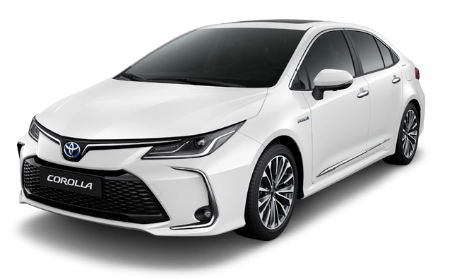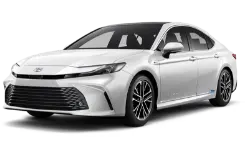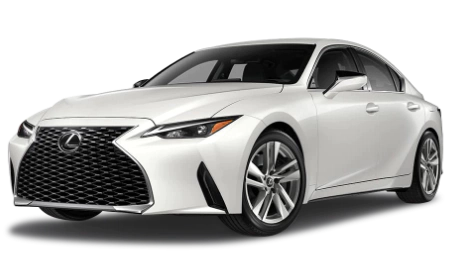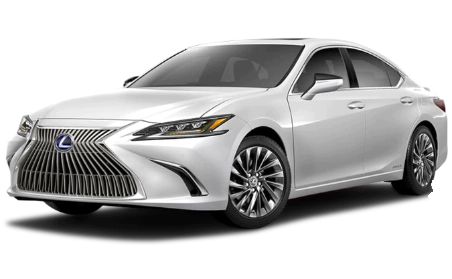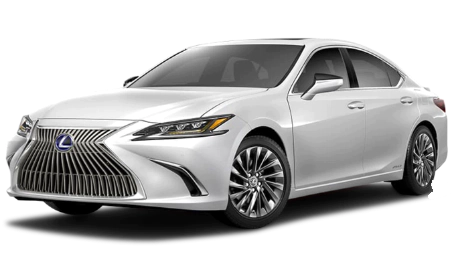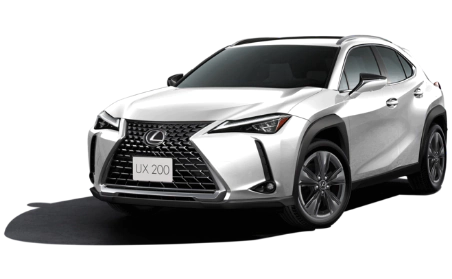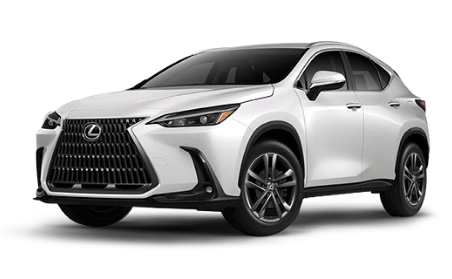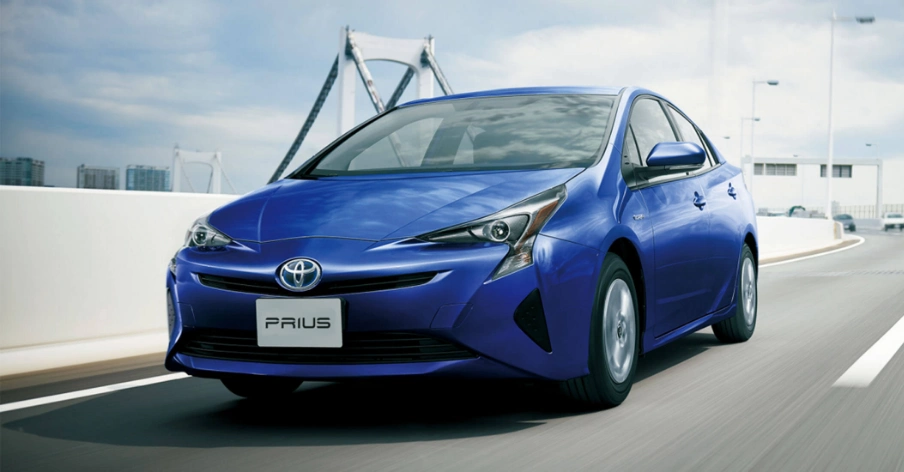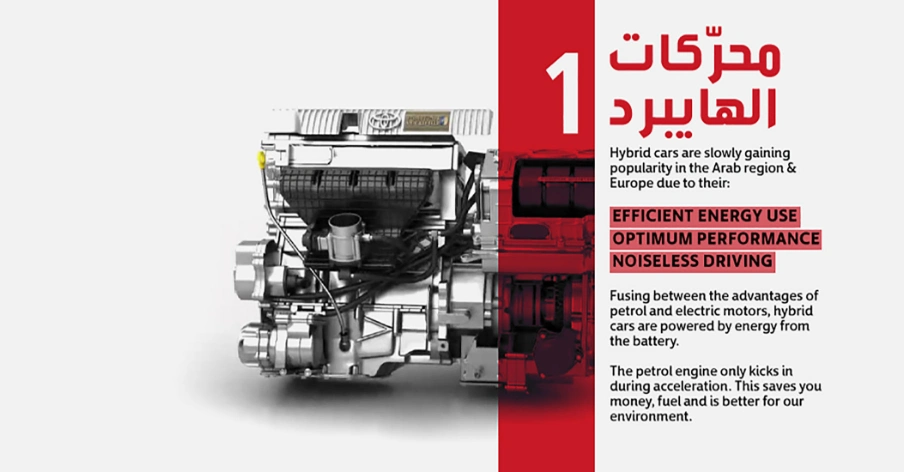
Why us ?
Asar Auto has made huge strides forward over the past several years, and now is ready to take its vision further while developping and refining our expertise to grow. The core objective of ASAR Auto is to offer you a mixture of distinctive services while delivering a unique customer experience.
Professional In Dealing
A blend of retail experience backed by years of professionalism … Just to meet your needs
Multiple Financing Solutions
Because we realize the importance of multiple financing
options, we have provided a selected list for you to choose
from
Offers
View ALL


Toyota Cars
Lexus Cars
Last News
View ALLOur Locations
Dammam
- King Fahd Bin Abdulaziz Road, Dammam 32263, Saudi Arabia
Dammam - sales
From Saturday To Thursday ( Morning Time )
08:00 AM - 12:30 PMFrom Saturday To Thursday ( Evening Time )
04:00 PM - 09:00 PMDammam - services
From Saturday To Thursday ( Morning Time )
08:00 AM - 12:00 PMFrom Saturday To Thursday ( Evening Time )
01:00 PM - 06:00 PM


